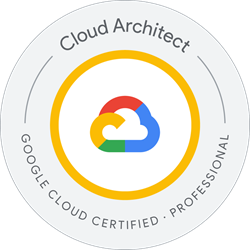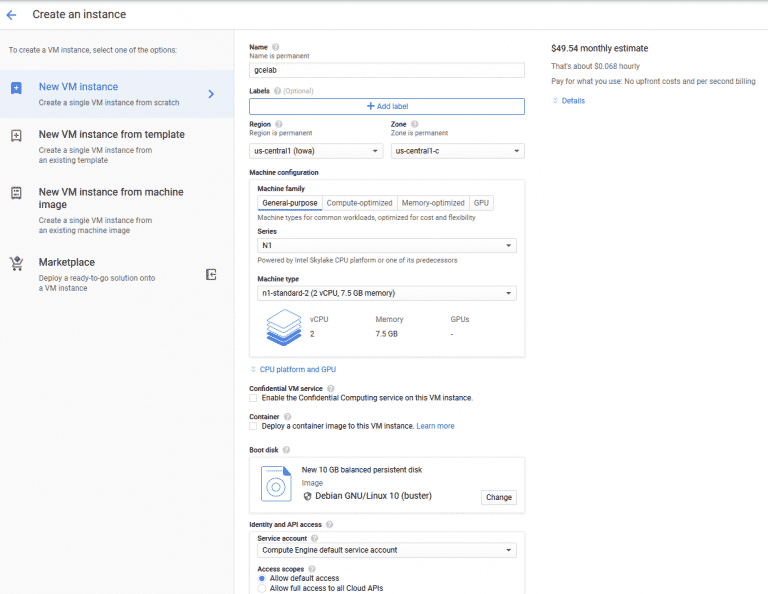Architecting with Google Cloud: Design and Process

The Architecting with Google Cloud: Design and Process course is a learning experience that combines lectures, design activities, and hands-on labs to teach participants how to use proven design patterns on Google Cloud to build highly reliable and efficient solutions. The course focuses on operationalizing highly available and cost-effective deployments. Participants will learn to define application requirements and express them objectively as KPIs, SLOs, and SLIs. They will also gain skills in decomposing application requirements to find the right microservice boundaries and using Google Cloud development tools to set up modern, automated deployment pipelines. This course helps prepare for the Google Cloud Certified Professional Cloud Architect and Google Cloud Certified Professional Cloud DevOps Engineer certification exams.
Course Objectives
Below is a summary of the main objectives of the Architecting with Google Cloud: Design and Process course :
- Using design patterns for reliable and efficient cloud solutions.
- Defining KPIs, SLOs and SLIs for applications.
- Decomposing requirements into well-defined microservices.
- Configuring automated deployment pipelines.
- Using Google Cloud development tools.
- Implementing scalable and resilient architectures using Google Cloud services.
- Ensuring security and compliance in cloud-based architectures.
- Optimizing cloud resource management for cost and performance efficiency.
Course Certification
This course helps you prepare to take the:
Google Cloud Certified Professional Cloud Architect Exam;
Course Outline
Module 1: Defining the Service
- Describe users in terms of roles and personas.
- Write qualitative requirements with user stories.
- Write quantitative requirements using key performance indicators (KPIs).
- Evaluate KPIs using SLOs and SLIs.
- Determine the quality of application requirements using SMART criteria.
Module 2: Microservice Design and Architecture
- Decompose monolithic applications into microservices.
- Recognize appropriate microservice boundaries.
- Architect stateful and stateless services to optimize scalability and reliability.
- Implement services using 12-factor best practices.
- Build loosely coupled services by implementing a well-designed REST architecture.
- Design consistent, standard RESTful service APIs.
Module 3: DevOps Automation
- Automate service deployment using CI/CD pipelines.
- Leverage Cloud Source Repositories for source and version control.
- Automate builds with Cloud Build and build activates.
- Manage container images with Google Container Registry.
- Create infrastructure with code using Deployment Manager and Terraform.
Module 4: Choosing Storage Solutions
- Choose the appropriate Google Cloud data storage service based on use case, durability, availability, scalability and cost.
- Store binary data with Cloud Storage.
- Store relational data using Cloud SQL and Spanner.
- Store NoSQL data using Firestore and Cloud Bigtable.
- Cache data for fast access using Memorystore.
- Build a data warehouse using BigQuery.
Module 5: Google Cloud and Hybrid Network Architecture
- Design VPC networks to optimize for cost, security, and performance.
- Configure global and regional load balancers to provide access to services.
- Leverage Cloud CDN to provide lower latency and decrease network egress.
- Evaluate network architecture using the Cloud Network Intelligence Center.
- Connect networks using peering and VPNs.
- Create hybrid networks between Google Cloud and on-premises data centers using Cloud Interconnect.
Module 6: Deploying Applications to Google Cloud
- Choose the appropriate Google Cloud deployment service for your applications.
- Configure scalable, resilient infrastructure using Instance Templates and Groups.
- Orchestrate microservice deployments using Kubernetes and GKE.
- Leverage App Engine for a completely automated platform as a service (PaaS).
- Create serverless applications using Cloud Functions.
Module 7: Designing Reliable Systems
- Design services to meet requirements for availability, durability, and scalability.
- Implement fault-tolerant systems by avoiding single points of failure, correlated failures, and cascading failures.
- Avoid overload failures with the circuit breaker and truncated exponential backoff design patterns.
- Design resilient data storage with lazy deletion.
- Analyze disaster scenarios and plan for disaster recovery using cost/risk analysis.
Module 8: Security
- Design secure systems using best practices like separation of concerns, principle of least privilege, and regular audits.
- Leverage Cloud Security Command Center to help identify vulnerabilities.
- Simplify cloud governance using organizational policies and folders.
- Secure people using IAM roles, Identity-Aware Proxy, and Identity Platform.
- Manage the access and authorization of resources by machines and processes using service accounts.
- Secure networks with private IPs, firewalls, and Private Google Access.
- Mitigate DDoS attacks by leveraging Cloud DNS and Cloud Armor.
Module 9: Maintenance and Monitoring
- Manage new service versions using rolling updates, blue/green deployments, and canary releases.
- Forecast, monitor, and optimize service costs using the Google Cloud pricing calculator and billing reports and by analyzing billing data.
- Observe whether your services are meeting their SLOs using Cloud Monitoring and Dashboards.
- Use Uptime Checks to determine service availability.
- Respond to service outages using Cloud Monitoring Alerts
Course Mode
Instructor-Led Remote Live Classroom Training;
Trainers
Trainers are GCP Official Instructors and certified in other IT technologies, with years of hands-on experience in the industry and in Training.
Lab Topology
For all types of delivery, the Trainee can access real Cisco equipment and systems in our laboratories or directly at the Cisco data centers remotely 24 hours a day. Each participant has access to implement the various configurations thus having a practical and immediate feedback of the theoretical concepts.
Here are some Labs topologies available:

Course Details
Course Prerequisites
- Attendance at the Architecting with Google Compute Engine course and the Architecting with Google Kubernetes Engine course is recommended .
Course Duration
Intensive duration 2 days
Course Frequency
Course Duration: 2 days (9.00 to 17.00) - Ask for other types of attendance.
Course Date
- rchitecting with Google Cloud Course: Design and Process (Intensive Formula) – On request – 09:00 – 17:00
Steps to Enroll
Registration takes place by asking to be contacted from the following link, or by contacting the office at the international number +355 45 301 313 or by sending a request to the email info@hadartraining.com


